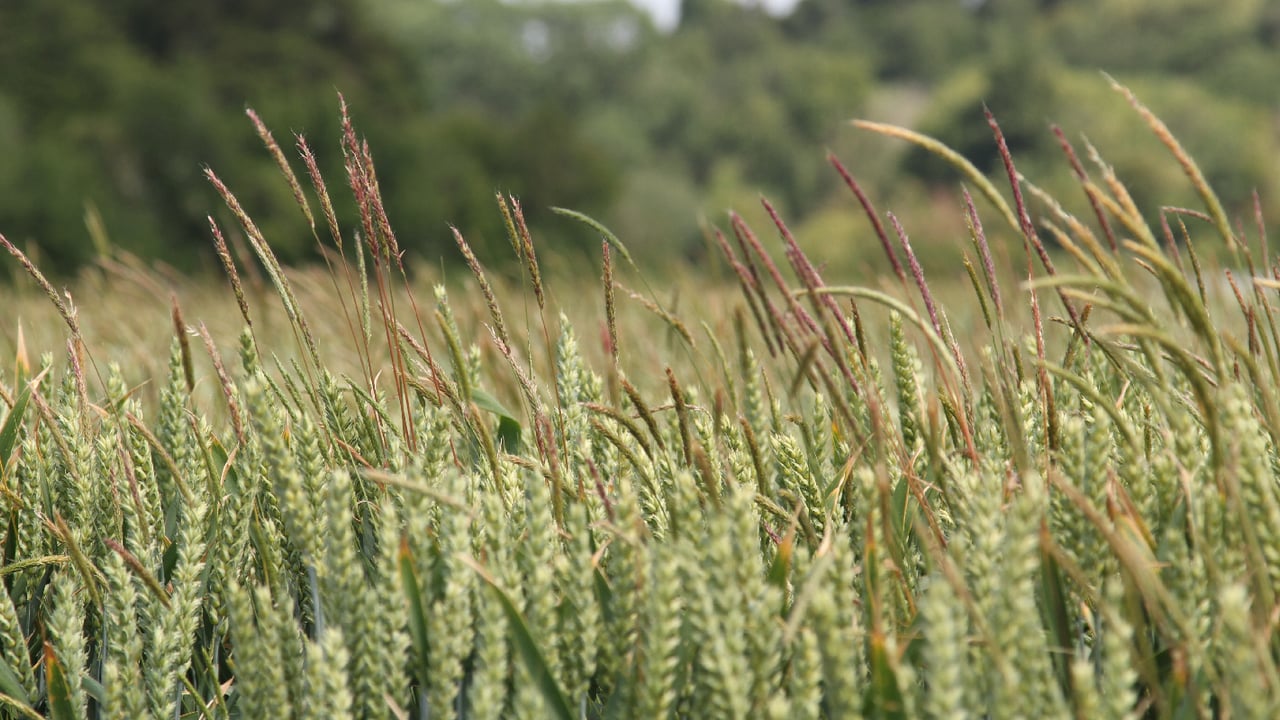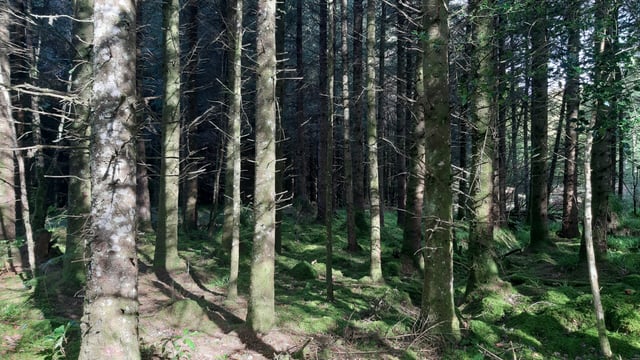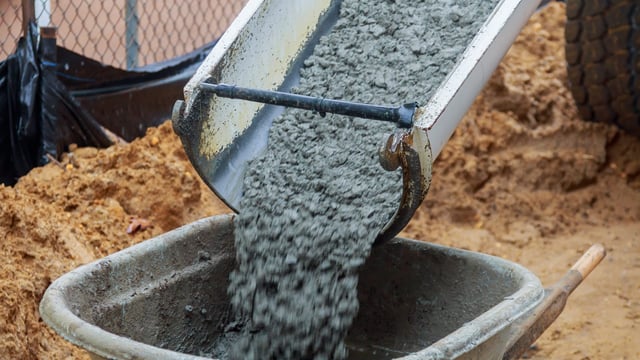'Getting to grips with herbicide-resistant grass weeds a priority' - specialist
The challenge of herbicide-resistant grass weeds continues to grow on Irish tillage farms at an alarming rate.
Meanwhile, the prospect of a significant decline in the availability of herbicide chemistries needed to deal with this problem becomes ever greater, according to Teagasc tillage specialist, Shay Phelan.
Recent months have seen Blackgrass declared a noxious grass weed by the Irish government.
But this is only the tip of a fast-growing iceberg. Glyphosate resistant Italian ryegrass populations have also recently been identified in Ireland for the first time.
Phelan said: “Getting to grips with herbicide resistant grass weeds within crops is a priority now. Growers can’t afford to wait until next season and hope to use a chemical at that stage.
“Such an approach just won’t work. The only way to tackle the issue is to ensure that mature seeds are not allowed to be produced this year.
“Options here include spraying areas of crops that have heavy weed infestations with glyphosate or hand rogueing, if feasible. But these jobs must be tackled now.”
Crucial to all of this is farmers being able to identify the various weeds within crops at their various growth stages.
Phelan explained: “These critical grass weeds can produce large numbers of seeds that will reinfest your land if no action is taken.
“Control measures include marking weed patches, preventing seed return through hand rogueing or spot spraying, and, for severe infestations, whole cropping or spraying off.
“Delaying these measures until after seed set will lead to costly, long-term consequences.”
Mature grass weeds are easier to spot when they are flowering or have visible seed heads.
Teagasc has quantified the scale of the threat now posed to Irish tillage by herbicide-resistant grass weeds.
Italian ryegrass represents an increasing threat with 81% of suspected populations confirmed resistant, necessitating zero-tolerance and strict biosecurity.
The plant has flattened spike heads with awned spikelets on opposite sides of the stem.
According to the Teagasc tillage specialist, Blackgrass is not present on every farm. However, cases are cases are rising.
Resistance has been confirmed in 63% of suspected populations, necessitating a zero-tolerance and strict biosecurity on the part of growers.
The plant has compact, slender spike heads with brown or purple-tinged awned spikelets.
Spring wild oats is a common, competitive grass weed with loose panicle, large spikelets and bent awns.
Herbicide resistance has been confirmed in 34% of suspected populations. Growers should hand-rogue herbicide escapees to prevent resistance development.





